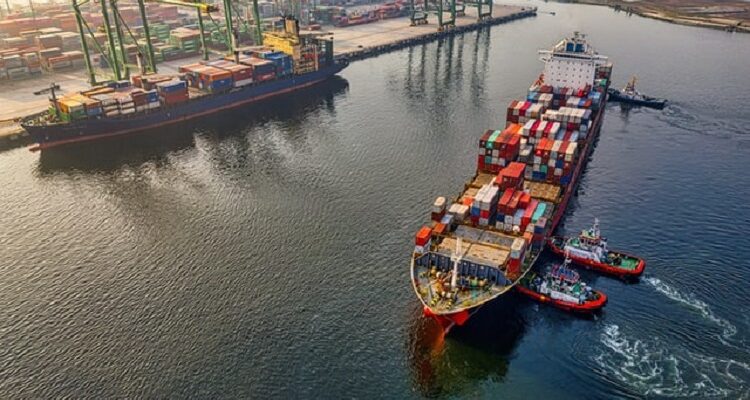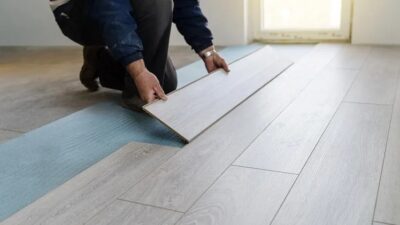A watertight checker is an instrument designed to measure the air pressure inside or outside a container or box. It’s typically used by transportation companies to verify that their cargo containers are properly sealed. It works by measuring the difference between the internal and external pressures inside a container – if there’s no difference, then it means there are no leaks in the container’s walls or roof (and therefore no risk of damaging its contents). If there is a difference, however, then there could be an issue with your container – one that needs to be fixed before it can be loaded onto your truck or train.
Watertight is a lightweight, high-strength and flexible material that can be applied to hatch covers for cargo ships. The material is a waterproof, adhesive-backed film that’s used to seal hatch covers in order to prevent water from entering the cargo hold. Watertight can also be used on other types of surfaces, such as the decking of a boat or the hulls of boats.
Watertight is designed to provide long-lasting protection against moisture damage and rusting. This ensures that your cargo will arrive safely at its destination without any damage caused by water.
Here are some things you need to know about using watertight for hatch cover checks:
1) Watertight provides a protective barrier against moisture damage and rusting.
2) Waterproofing with Watertight can help extend the life of your boat decking, hulls and other surfaces by providing a protective barrier against moisture damage and corrosion in high-moisture areas like marine environments or where there’s salt spray from ocean waves splashing up against the sides of boats.
When it comes to avoid cargo damage, checking that the hatch cover is watertight is a critical step in the supply chain management process. Watertight checks help ensure that containers are intact and protected from external elements, such as rain and snow.
You need to prepare your container by cleaning the sealing surface and applying Watertight sealant around the edges of your hatch cover. Next, place the Watertight stick against the edge of your hatch cover and press down firmly until it makes contact with both sides of the sealant. If there are any gaps in between the two pieces of sealant, they will show up as white spots on the stick when viewed from above or below.a
As part of the watertight inspection, you’ll need to check for:
Damaged gaskets
Broken or missing screws and fasteners
Leaking seams, cracks or holes
It’s important to know that watertight does not provide protection from water damage caused by rain or high humidity levels. For example, if you’re shipping electronics with watertight, they won’t be protected against moisture in the air if they’re sitting in a warehouse or on an airplane during transit (which may not have air conditioning).
Learn more about the shipping charges and regulations that you must follow if you are trying to ship on commercial level, on this website: www.abseconbusiness.com















Comments